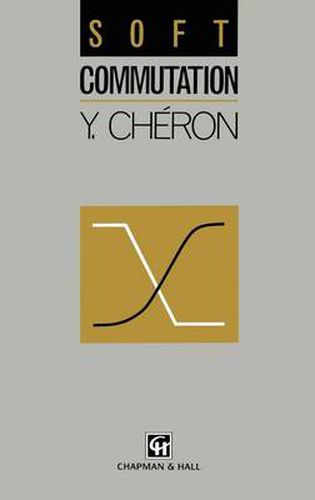Readings Newsletter
Become a Readings Member to make your shopping experience even easier.
Sign in or sign up for free!
You’re not far away from qualifying for FREE standard shipping within Australia
You’ve qualified for FREE standard shipping within Australia
The cart is loading…






This title is printed to order. This book may have been self-published. If so, we cannot guarantee the quality of the content. In the main most books will have gone through the editing process however some may not. We therefore suggest that you be aware of this before ordering this book. If in doubt check either the author or publisher’s details as we are unable to accept any returns unless they are faulty. Please contact us if you have any questions.
The technique of soft commutation makes it possible to reduce both the stress on power electronic switches and the energy loss. This allows higher switching frequencies and reduces harmonic pollution of the supply or output. The author provides an introduction to the topic, making use of the concept of duality to explain the principles of the technique and to place it in context in the field of power electronics. Practical examples are included to assist the reader in applying the method. The book should be of interest to engineers and graduate students involved in power electronics.
$9.00 standard shipping within Australia
FREE standard shipping within Australia for orders over $100.00
Express & International shipping calculated at checkout
This title is printed to order. This book may have been self-published. If so, we cannot guarantee the quality of the content. In the main most books will have gone through the editing process however some may not. We therefore suggest that you be aware of this before ordering this book. If in doubt check either the author or publisher’s details as we are unable to accept any returns unless they are faulty. Please contact us if you have any questions.
The technique of soft commutation makes it possible to reduce both the stress on power electronic switches and the energy loss. This allows higher switching frequencies and reduces harmonic pollution of the supply or output. The author provides an introduction to the topic, making use of the concept of duality to explain the principles of the technique and to place it in context in the field of power electronics. Practical examples are included to assist the reader in applying the method. The book should be of interest to engineers and graduate students involved in power electronics.